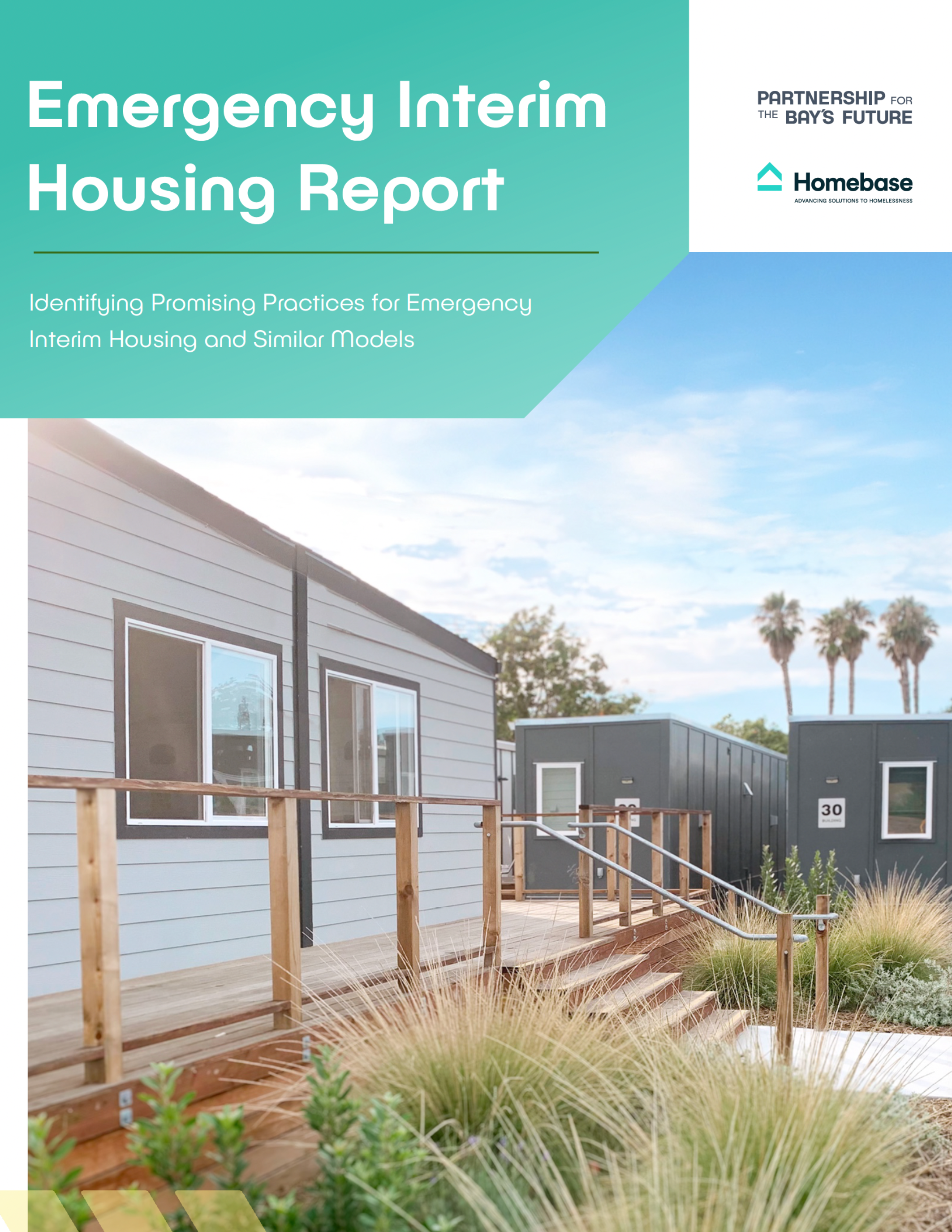November 2022
Emergency Interim Housing (EIH) is temporary housing intended to provide safety, shelter, and supportive services to people experiencing homelessness in private units with lockable doors while they seek permanent housing.
While EIH emerged as a promising practice before 2020, the model gained traction during the COVID-19 pandemic as an effective way to protect highly vulnerable populations from contagion. This report explores promising practices and considerations for communities looking to incorporate EIH into their homelessness response strategy. Some key considerations addressed include:
- Effective program duration and staff caseloads
- Creating designated sites for specific subpopulation
- Federal funding streams and partnerships to cover operations and service costs
- Models to maintain safety and security in a cost-effective way
- Models of self-governance and ways to engage residents of EIH communities
- Design of physical private and communal spaces
- Promising Workforce Development Models and Employment Opportunities
EIH results in higher numbers of successful housing placements and can serve as secure places for individuals to regain grounding, stability, and integrity while focusing on relearning life skills and achieving self-sufficiency.
Download the Emergency Interim Housing Report and Summary:
